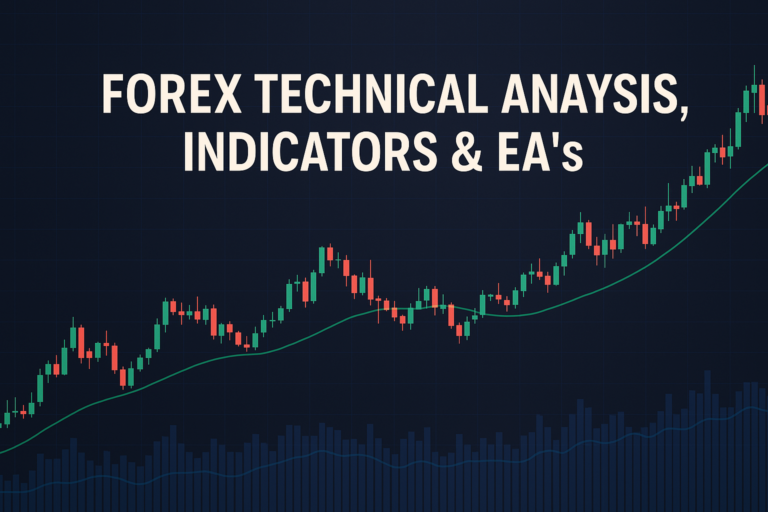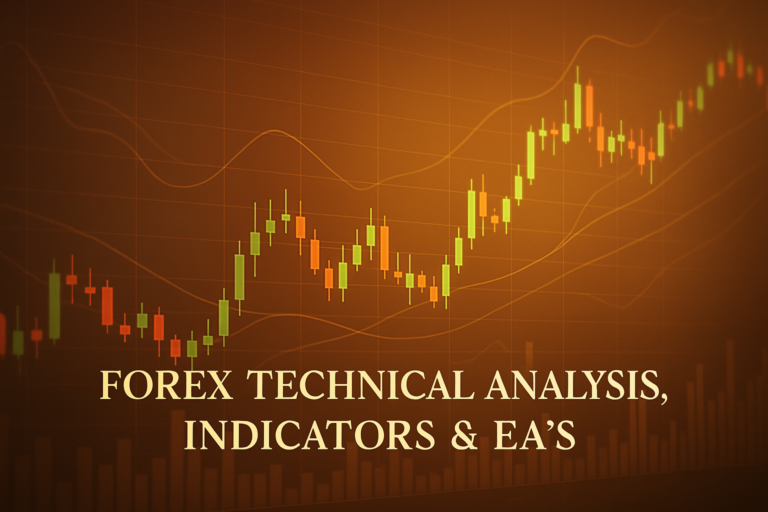
Chart History Overload refers to the overwhelming amount of historical data that can confuse traders, leading to poor decision-making in Forex trading.
In the world of Forex trading, one problem that many traders face is Chart History Overload. This issue arises when traders are overwhelmed by the sheer amount of data and charts available. It can lead to confusion and poor decision-making. Understanding this problem is crucial for both beginners and experienced traders alike.
Traders often struggle with Chart History Overload because they want to analyze every possible angle before making a trade. This can lead to analysis paralysis, where too much information results in no action at all. Knowing how to navigate through this overload is essential for effective trading.
RSI stands for Relative Strength Index, a popular tool used in Forex trading. For more information, check out the article on rsi full form in share market.
Understanding the Problem
Chart History Overload is a situation where traders find themselves bombarded with too much historical data. This often occurs because of the many tools and charts available in trading platforms. For example, a trader may look at daily, weekly, and monthly charts simultaneously, trying to find the best entry point. This can create confusion and lead to missed opportunities.
This problem is not just technical; it stems from market-related reasons as well. In a volatile market, prices can change rapidly. A trader might analyze historical data for a currency pair, but if the market is moving quickly, that data may become irrelevant. For instance, during a sudden news announcement, the historical patterns may not hold true, causing traders to lose out if they rely too heavily on past data.
Solutions for Chart History Overload
To effectively tackle Chart History Overload, follow these steps:
1. Limit Your Data Sources
Focus on a few reliable sources rather than overwhelming yourself with too much information. Choose one or two charts that you trust.
2. Set Specific Goals
Before analyzing charts, set clear goals. Are you looking for short-term trades or long-term investments? This will help you focus on relevant data.
3. Use Simplified Charts
Consider using simplified charts that highlight key indicators. This reduces clutter and makes it easier to spot trends.
4. Take Breaks
Step away from the charts periodically. This will help clear your mind and allow you to return with a fresh perspective.
5. Practice Mindfulness
Before making any trades, take a moment to breathe and assess the situation without the noise of too much data. This can help you make clearer decisions.
Pro Tips & Warnings:
- Stay Updated: Market conditions change, so keep an eye on news that can impact your trading.
- Use Alerts: Set alerts on your trading platform for key levels instead of staring at charts all day.
- Consult Experts: Sometimes, it’s better to rely on expert analysis rather than trying to interpret everything yourself.
Another common issue is the Invalid Trade Context Error, which can also disrupt your trading flow.
Frequently Asked Questions
1. How do I detect this issue in real-time?
Many traders notice Chart History Overload when they find themselves staring at multiple charts without making decisions. If you feel overwhelmed, it’s a sign to simplify.
2. Can brokers legally do this?
Brokers cannot manipulate data. However, they may provide varying levels of historical data. Always check your broker’s offerings.
3. What tools can I use to prevent this?
Using tools like charting software that allows for customization can help you focus on what’s important and minimize distractions.
4. Is this problem more common in specific market conditions?
Yes, during high volatility periods, such as economic reports or geopolitical events, traders are more likely to experience Chart History Overload.
Conclusion
Understanding and managing Chart History Overload is vital for successful trading. By simplifying your approach and focusing on key indicators, you can make better decisions. Stay informed, and don’t let data overwhelm you.
Stay engaged in your trading journey. Remember, it’s not just about the charts; it’s about making informed decisions. Keep learning and improving!
Recommended Next Steps
To further manage Chart History Overload, consider these steps:
- Review your trading strategy regularly.
- Engage in trading communities for shared insights.
- Utilize demo accounts to practice without pressure.
By implementing these recommendations, you can reduce the feeling of overload and enhance your trading efficiency.
For a more comprehensive breakdown, see what experts at [Source] say FXStreet, MetaTrader
Expand Your Knowledge
- 📌 Forex Trading Learning Road Map
- 📌 Forex Trading Course with no Fees
- 📌 Forex Trading Issues, Problems, and Solutions
- 📌 Forex Daily Forecast & Live Updates
- 📌 Forex Fundamental & News Analysis: Tomorrow’s Market Movers & Trade Opportunities
- 📌 Forex Education Hub: Learn & Profit
- 📌 Forex Technical Analysis, Indicators & EA’s
Start Trading Today
Ready to take your forex trading to the next level? Open an account with Exness, one of the most trusted platforms in the industry. 👉 Sign Up Now and trade with confidence!
My recommended broker stands out with ultra-low spreads for beginners, instant withdrawals, and zero spread accounts for pro traders.
Trusted since 2008, lightning-fast execution, no hidden fees, and a secure, transparent trading environment—giving you the edge you need to succeed. 🚀
YouTube Video Library: Related Videos
Note: The video above is embedded from YouTube and is the property of its original creator. We do not own or take responsibility for the content or opinions expressed in the video.





